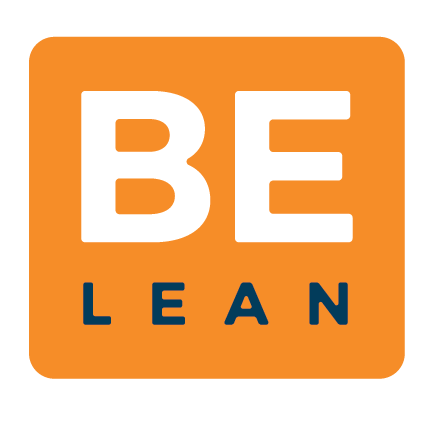What is Lean?
Lean means a lot of things to a lot of people. To some, “running lean” means cost cutting down to the bare minimum. To others, Lean Manufacturing is all about reducing waste without sacrificing quality or productivity. In the world of entrepreneurship, the Lean Startup methodology offers an approach to building business through practices of experimentation, iterative development, and validated learning.
To me, the most important principle of lean is this:
Focus the precious time and resources you have on the right things, and don’t waste or invest new resources on the wrong things.
Having spent over a decade in the world of entrepreneurship and small business, I’ve learned first hand how challenging it is to turn a vision into a sustainable reality. Having an abundance of time, money, or expertise is the exception, not the rule for most businesses.
It pains me when a business has to turn off the lights because they’ve run out of one or more of those precious resources. I know what that pain feels like, because I’ve been through it.
But I’ve also learned how businesses can thrive by better utilizing the resources that they do have. That’s what lean is all about, and it’s become my mission to help others “be lean” as well.
So what does that actually look like, and what role do systems play in the process? I’d like to share with you my four-step approach:
Learn how to prioritize your business model
Build operational improvements focusing on the weakest link first
Step 1: Learn how to prioritize your business model
In the Lean Startup, Eric Ries states that the most fundamental purpose for a business is not to build stuff or make money, it is to learn how to build a sustainable business. It’s not about asking the question, “Can this product be built?” It’s about asking the question, “Should this product be built?”
Not only does this philosophy apply to the products and services we build for our clients, but they hold true for the systems and processes we use to operate our business. So how do we go about doing that? How do we learn how to make our business sustainable by answering the “should we do this” question?
In the Lean Startup, Ries lays out a process for how to go about building a business from the ground up by systematically breaking down a business model into its component parts and to test each one empirically.
Established business owners may scoff at the idea of revisiting their business model (especially if it brings up fears of the dreaded business plan), but the reality is that understanding the core components of your business model is the foundation of any good growth or improvement strategy. Plus, it’s much simpler that you may think.
I often use a tool called a Lean Canvas to quickly and succinctly define each component of a business model.
Ash Maurya, https://leanstack.com
The power of the Lean Canvas is that it puts the most important aspects of the business in front of us on one page. With this overview, it's easy to understand how each piece of the business relates to each other, and we can also begin to identify which components of the model require our focus.
Now, we can’t set out trying to test, improve, or grow every aspect of the business at once. That would be the opposite of a lean approach. So how do we pick the most important areas that require our focus? I use risk as the guideline.
I define risk in this context by two criteria:
How certain are we that the ideas in our business model are true?
What level of impact would it have if our ideas were invalidated?
At the very early stages of a business, nearly every component of the business model is a guess. As the business grows, our track record shines light on which of our initial assumptions were right and which weren’t. The answers to the risk questions change over time, and so does the business model. Yet no matter the stage of a business, we can use this approach to learn what the “right thing” is to focus our efforts on. Namely, the ideas that are the riskiest.
I used this method when Power52 Energy Solutions approached me to help them build an operating infrastructure that could power their growth. Power52 develops clean power projects that create jobs in the communities those projects serve. When they came to me, they had found initial traction and were ready for growth.
They had a high amount of confidence in the solutions they were providing, their value proposition, and competitive advantages in the market. Preparing for growth, their biggest risks were identifying which customer segments they could expand into and determining whether their revenue and cost models would hold at scale.
Having learned about the business and identifying which areas were most important to focus on, we charted ahead.

